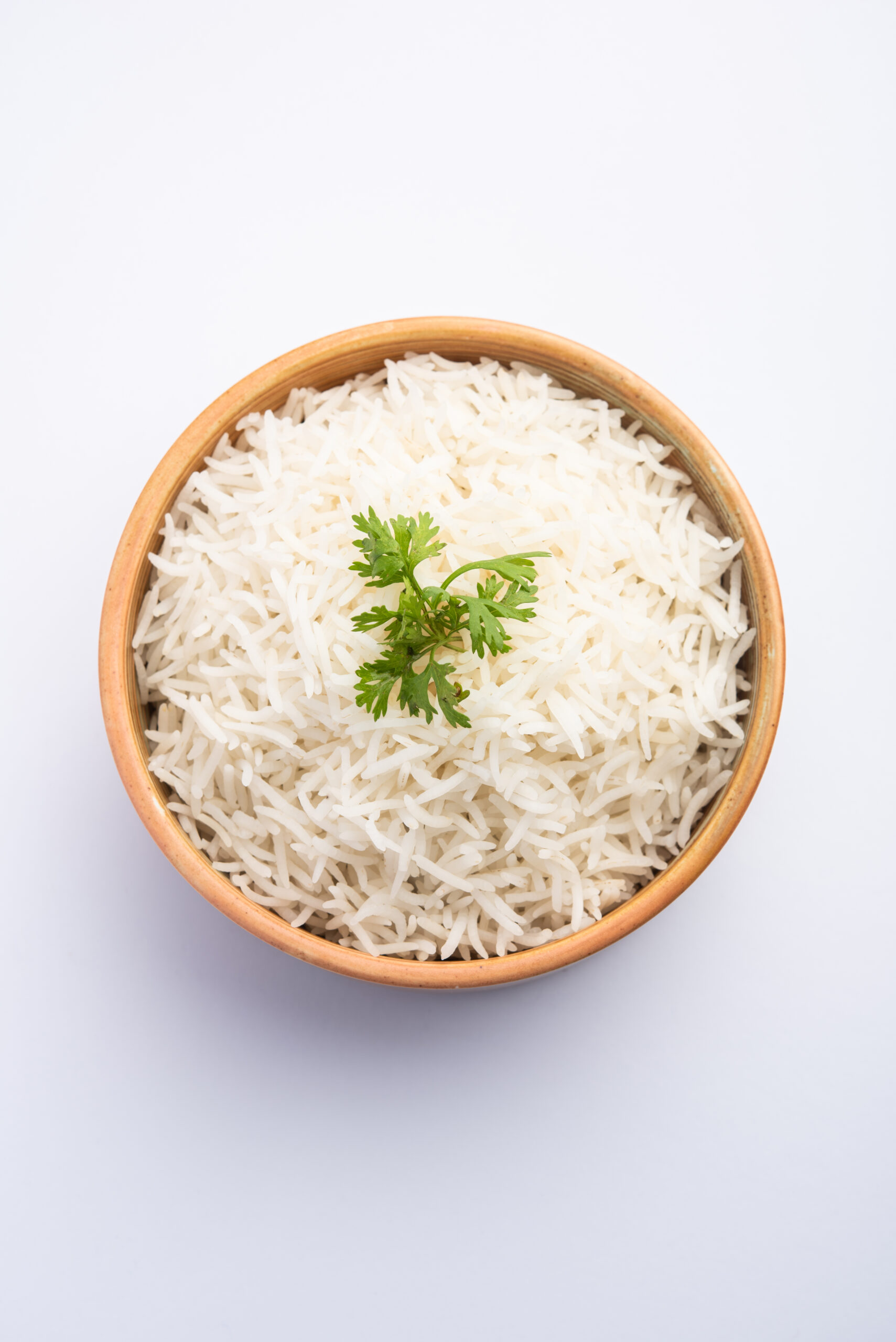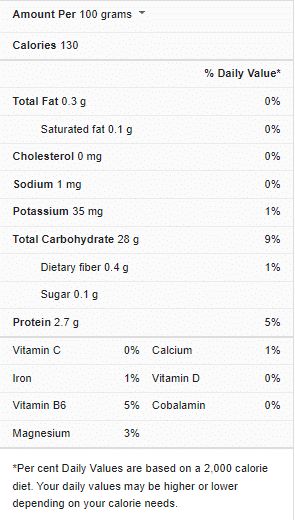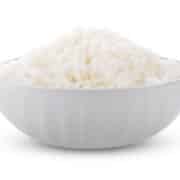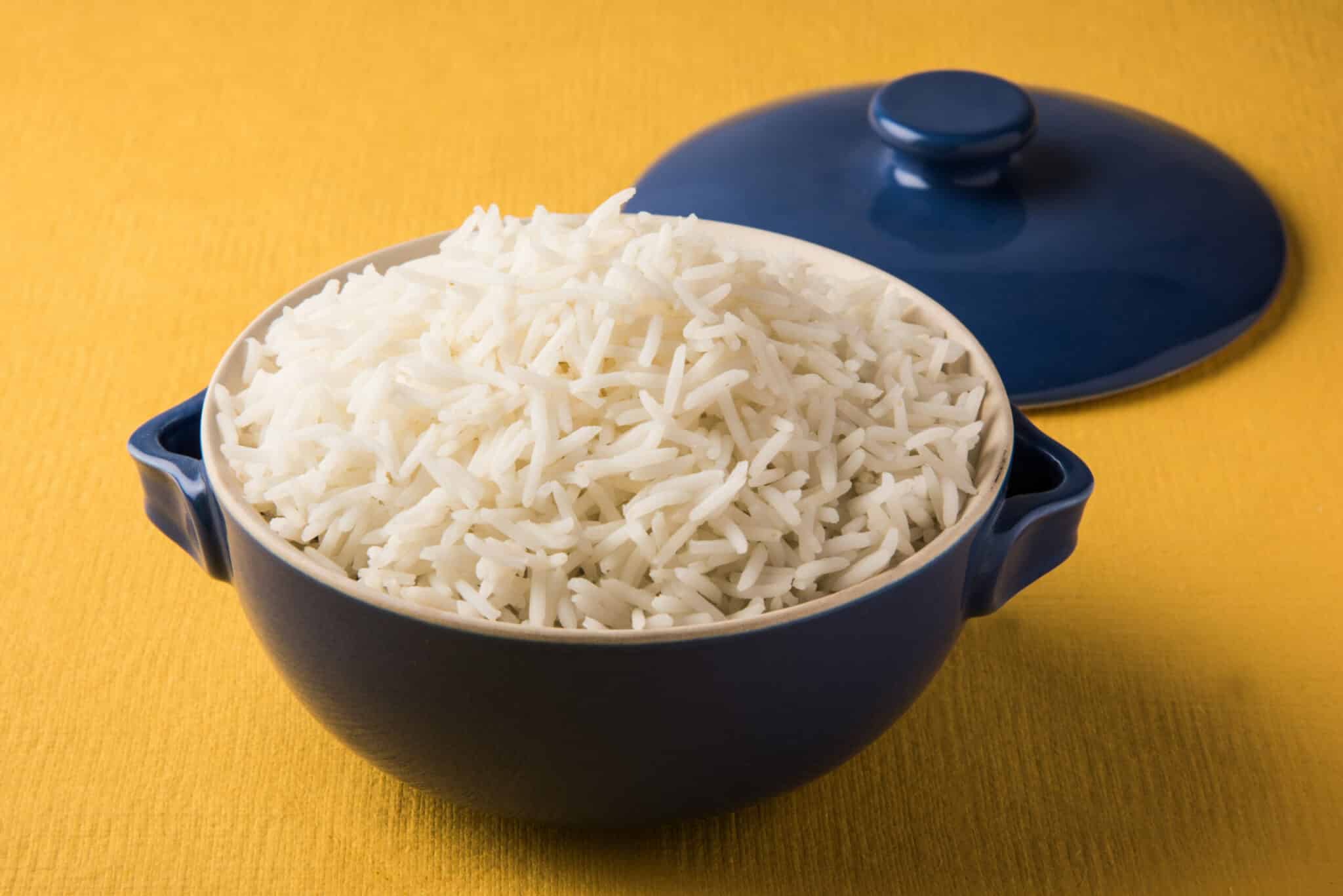Rice is a staple dish consumed by people all over the world regularly. Rice is one of the most widely grown grains in the world, nourishing billions of humans every day. In reality, rice is a basic diet for nearly billions of people in over a hundred countries. Rice has many advantages, making it an excellent choice for a variety of menu items.
It’s no coincidence, then, that you’re not the only one eyeing a bag of rice at the supermarket. However, given how well-known the dish is, you might worry if the recipe is simple to follow. As you scroll down, you’ll not only be free of that fear, but you’ll also discover simple solutions to overcome it.

Rice nutrition facts

Why a rice?
The following are just a few of the many benefits that this meal brings to the table:
It can help to keep your blood sugar levels in check- While you may have learned that white rice contains carbohydrates and has a high glucose load, the truth is that it can help minimize blood sugar increases when eaten with other foods like vegetables. If you have diabetes, however, consult your doctor before incorporating it into your diet.
It’s free of gluten- Rice is an allergenic meal that is also beneficial to persons who are gluten intolerant or suffer from celiac. Rice is a grain that is gluten-free that may be easily transformed into flour, pasta, and bread for those seeking gluten-free choices.
Rice is a relatively simple food to digest- Rice is not only simple to prepare, but it is also simple to digest. White rice, unlike brown rice, does not contain phytate, an anti-nutrient that causes stomach problems. Rice is easy to digest and can even increase sleep quality on days when eating dinner at a sensible hour is impossible.
Keeps the intestines in fine condition- Even refined white rice contains a significant amount of soluble fiber. This can help to improve your gut health by lowering inflammation. This is why, in the event of diarrhea, people are frequently advised to eat boiling rice.
Tips for cooking 1 cup of rice
Before you cook the rice, give it a good rinse- It’s crucial to rinse your rice grains no matter how you cook it or which type you’re creating. Excess starch is removed this way. If the starch is left on the rice, it produces unpleasant, gummy results. Some recipes instruct you to rinse the rice in a fine-mesh strainer after placing it in a bowl and changing the water numerous times, but the easiest method is to wash it in a fine-mesh sieve.
Toasting the rice is an option- This stage isn’t required. However, if you do have the chance, it accentuates the rice’s natural taste. Simply melt a spoonful of buttery or olive oil in the saucepan you’ll be cooking the rice in over medium heat. Stir in the rice often until it begins to smell nutty and popcorn-like. When you toast white rice, it turns a pale tan color.
Cooking one cup of rice
Rice should not be a tough chore to accomplish. As you have realized, let us now begin by commenting on the processes that must be followed to obtain a well-cooked cup of rice:
On the stove
There isn’t a single way to cook rice on the stove; the method you employ will be determined by the type of rice you’re using. We’ll look at three alternative stovetop methods for cooking rice:
The Traditional Approach: Cooking should be done without glancing or mixing. Use 1 part liquid to 2/3 part rice for slightly firmer rice. Simmer for about 18 minutes, preferably till all the liquid has evaporated. Cover the rice with a tight-fitting lid to keep it at a slow simmer.
The Pasta Technique: This is a useful approach for rice kinds like brown rice and wild rice, which require a long time to cook. Fill the saucepan halfway with water (no need to measure) and season with salt, just like pasta water. Boil uncovered, stirring occasionally, until the rice is softened but still somewhat firm (read: not mushy). Set aside the rice after draining it.
The Pilaf Technique: Basmati and jasmine rice are starchy and can get sticky when cooked. Pouring already-boiling water on top of the rice allows you to better regulate the amount of water you use. Cook 1 part rice in a pot with a dab of oil or butter over medium heat for 2 to 3 minutes, or until it looks toasted and smells nutty. Turn off the heat and cover the rice to allow it to steam for 10 minutes.
In a rice cooker
Rice cookers speed up the boiling process by lowering the compressed air above the liquid.
Rinse the rice in cold water to clean it. Use a one-to-one ratio of water to rice. This proportion is true even for larger quantities. While lower amounts can be used, the water does not absorb at the very same rate, which may impact the final effect.
Allow your rice cooker to perform all of the work. The cooker will conduct the cooking time after you press the “on” switch. For fluffy results, cover the rice and set it aside for about 10 minutes.
View this post on Instagram
In the Microwave
Long, medium and small grain rice can all be cooked using this method. It’s quick and gives you fluffy results. Rinse the rice thoroughly. Use a big, heat-resistant container. A large square baking dish with a basin works well. Please remember that as the rice cooks, it will expand.
Use 2 parts rice and 3 1/2 parts water in this recipe. Microwave on high for a few minutes, uncovered. Microwave until steam appears and most of the liquid has evaporated. This will take about 10 minutes if you use 2 cups of rice.
Microwave on medium-low, covered. Cook, covered in heat-safe plastic wrap until the liquid is absorbed (about 15 minutes for 2 cups of rice). Before serving, fluff and season. Fluff the grain with a fork, flavoring as you go.
Print
One cup of rice
Ingredients
- 1 cup well-rinsed uncooked white rice
- 1/2 cup of water
- 1 tbsp extra-virgin olive oil
Instructions
- In a pot, bring the rinsed rice, water, and olive oil to a boil. Cook for 15 minutes with the lid on, on low heat. Remove from the heat and set aside for another 10 minutes, covered. Using a fork, fluff the mixture.
You can see from the above points how easy and simple it is to make one cup of rice at home with household items and tools. It’s critical to get the proper temperature for heat and to know how much water to use to make a delicious dinner. If you want to learn more about this treatment, you can watch this video.
